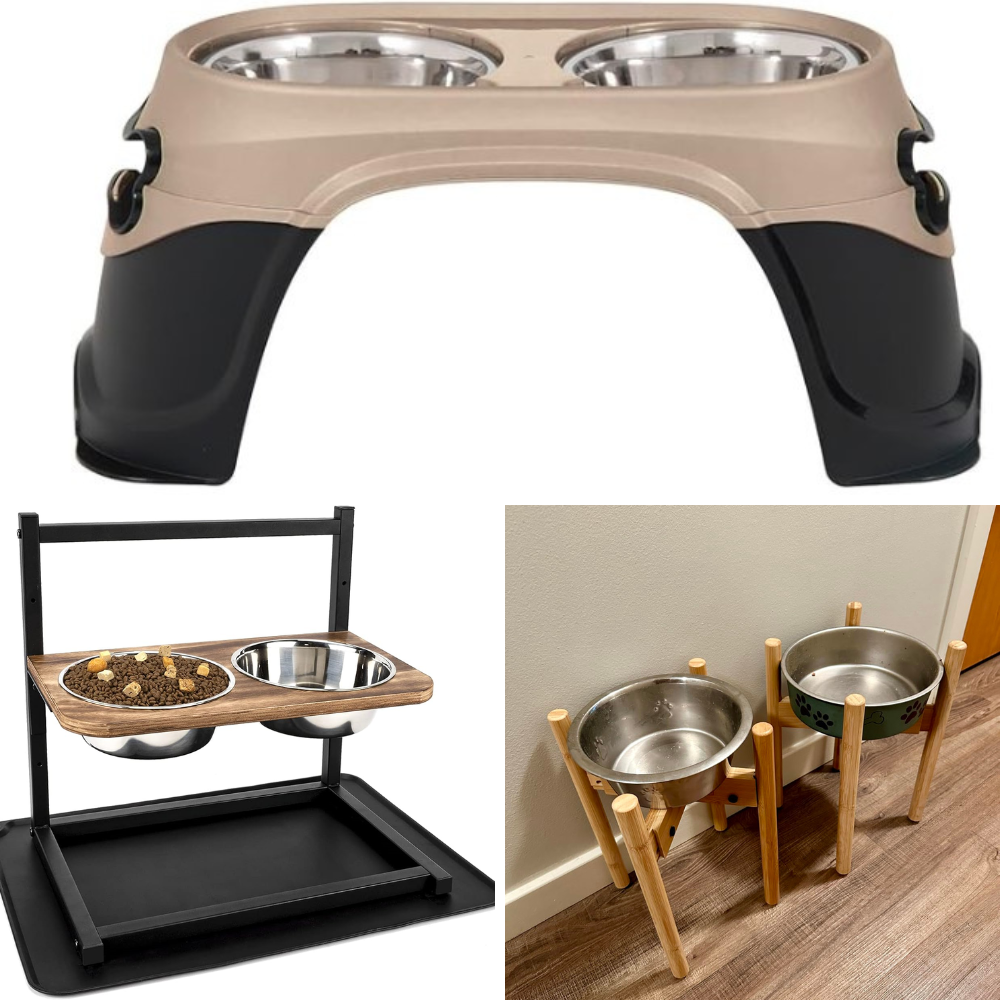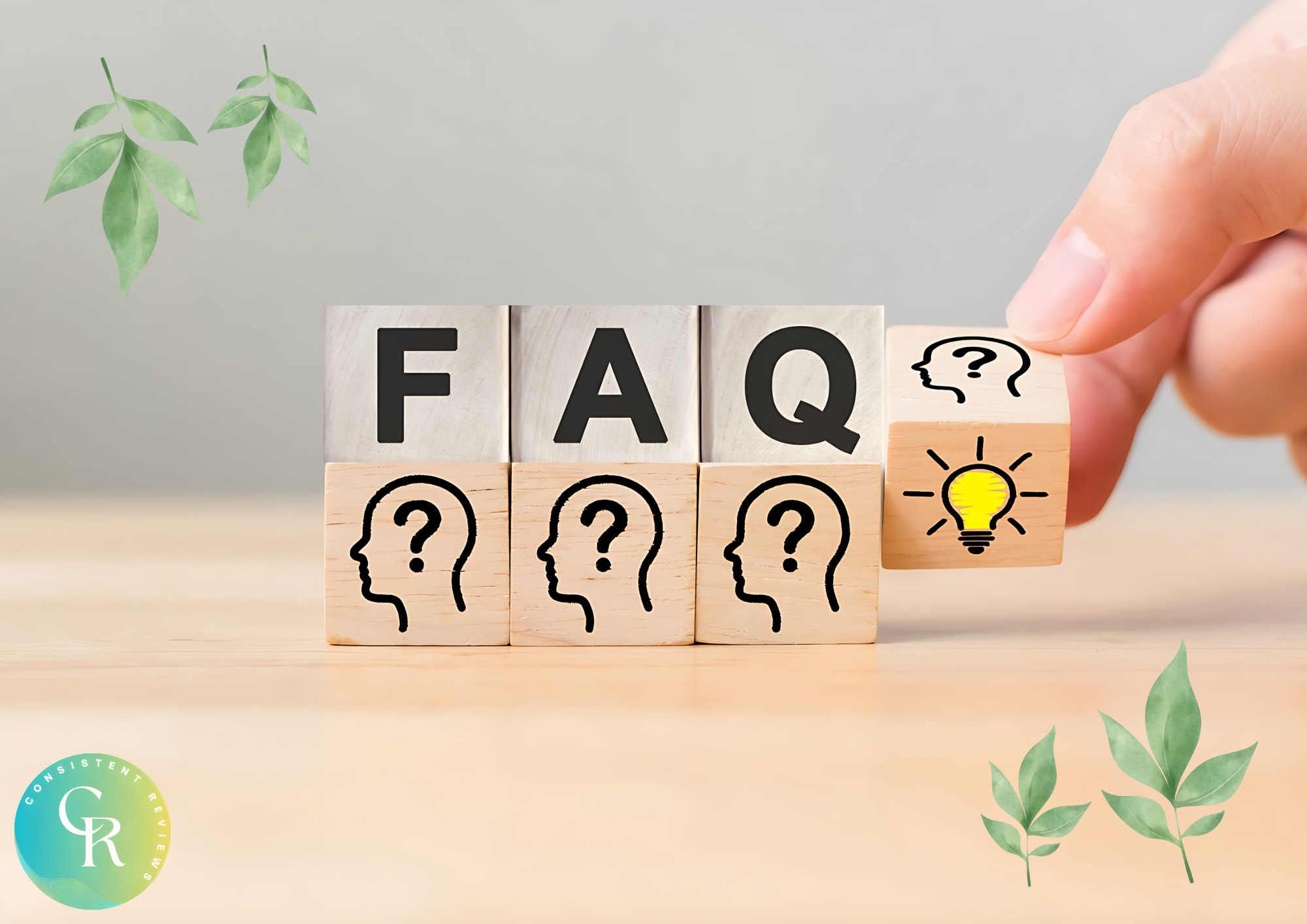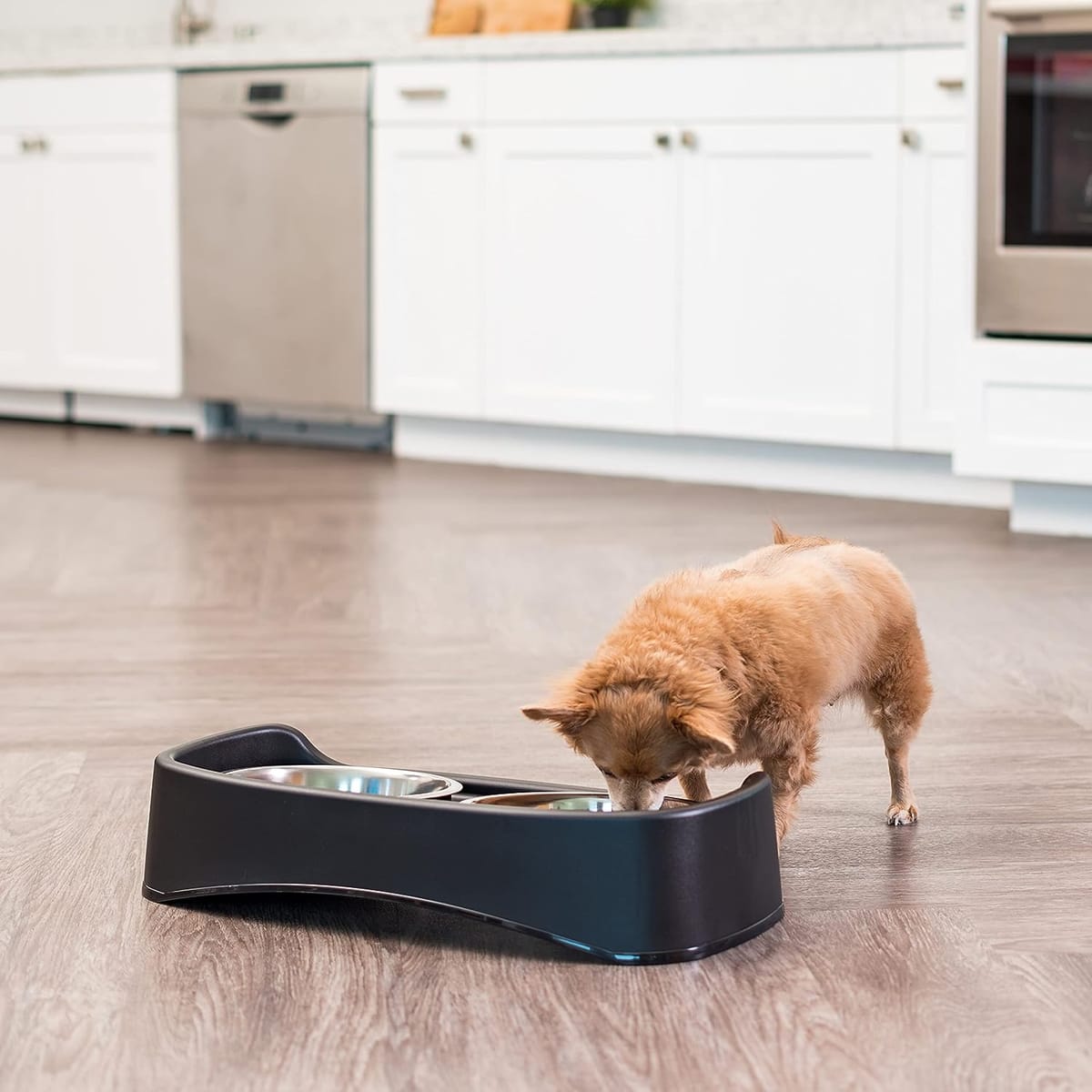When it comes to feeding our furry friends, the question of whether dog bowls should be elevated often arises. This topic has sparked much debate among pet owners and veterinarians alike. In this article, we will delve into the advantages and disadvantages of elevated dog bowls, providing you with the information needed to make an informed decision for your pup.
Key Takeaways:
- Elevated dog bowls can offer benefits for certain breeds, particularly larger dogs and those with mobility issues.
- There are potential risks associated with raised dog bowls, including an increased risk of bloat in some dogs.
- The decision to use elevated bowls should consider the dog’s size, breed, and any existing health conditions.
Understanding Elevated Dog Bowls

Elevated dog bowls, also known as raised feeders, are designed to lift the food and water bowls off the ground. This setup can be particularly beneficial for larger breeds and giant breed dogs, as it allows them to eat food at the same height as their shoulders. This can reduce the strain on a dog's neck and joints, making mealtime more comfortable.
For dogs with mobility issues or joint problems, elevated feeders can be a game-changer. By reducing the need to bend down, these bowls can help alleviate neck pain and make eating a more pleasant experience. However, it's important to note that not all dogs will benefit from raised bowls, and other factors should be considered before making a switch.
Potential Risks of Elevated Dog Bowls
While elevated dog bowls can offer benefits, they also come with potential risks. One of the most significant concerns is the increased risk of bloat, particularly in larger dogs. Bloat, or gastric dilatation-volvulus (GDV), is a serious condition that can be life-threatening if not addressed promptly. Some studies suggest that raised food bowls may contribute to this condition, although the evidence is not conclusive.
It's crucial to weigh the potential risks against the benefits when considering elevated feeders for your pet. Consulting with a veterinarian can provide valuable insights into whether raised bowls are suitable for your dog's specific needs and health conditions.
Benefits for Large and Giant Breed Dogs
For large breeds and giant breed dogs, a raised dog bowl can offer several advantages. These dogs often have longer legs and necks, making it uncomfortable to eat from floor-level bowls. By using raised bowls, these dogs can maintain a more natural posture while eating, reducing strain on their neck and shoulders.
Additionally, elevated feeders can help prevent mess during mealtime. Larger dogs tend to be more enthusiastic eaters, and a raised bowls can help contain spills and keep the feeding area cleaner. This can be particularly beneficial for pet owners who want to maintain a tidy home environment.
Considerations for Small Dogs
While elevated bowls can be beneficial for larger dogs, they may not be necessary for small dogs. Smaller breeds typically do not experience the same neck and joint strain as their larger counterparts, and floor-level dog dishes are often sufficient. However, if a small dog has specific health issues or mobility challenges, raised feeders might still be worth considering.
It’s essential to assess your dog’s individual needs and consult with a veterinarian if you’re unsure whether elevated bowls are appropriate. Each dog is unique, and what works for one may not be suitable for another.
Material Matters: Choosing the Right Stainless Steel Bowls
When selecting an elevated bowl, the material is an important consideration. Stainless steel bowls are a popular choice due to their durability and ease of cleaning. They are resistant to rust and do not harbor bacteria, making them a hygienic option for your dog’s food and water.
Plastic bowls, on the other hand, can scratch easily and may harbor bacteria in the grooves. Ceramic bowls are another option, but they can be prone to chipping and breaking. Ultimately, the choice of material should align with your dog’s needs and your preferences for maintenance and durability.
The Role of Veterinarians in Decision-Making
Veterinarians play a crucial role in guiding pet owners on the best feeding practices for their dogs, including the use of an elevated dog feeder. If you’re considering elevated dog feeders, it’s advisable to consult with your veterinarian to discuss your dog’s specific health needs and any potential risks associated with raised bowls.
Veterinarians can offer personalized recommendations based on your dog’s breed, size, and any existing health conditions. Their expertise can help ensure that your dog receives the most appropriate care and feeding setup.
Practical Tips for Using Elevated Dog Bowls
If you decide to use a raised bowl, there are a few practical tips to keep in mind. First, ensure that the bowls are at the correct height for your dog. The general rule is that the top of the bowl should be at the same height as your dog’s chest, allowing them to eat comfortably without straining their neck.
Additionally, monitor your dog during mealtime to ensure they are eating comfortably and not experiencing any issues. If you notice any signs of discomfort or distress, it may be necessary to adjust the height of the bowls or consult with a veterinarian for further guidance.


Are elevated dog bowls suitable for all dogs?
Elevated dog bowls are not suitable for all dogs. They are generally recommended for larger breeds and dogs with mobility issues. It’s important to assess your dog’s individual needs and consult with a veterinarian before making a decision.
Can elevated dog bowls help prevent bloat?
There is some debate about whether elevated dog bowl can help prevent bloat. While they may reduce neck strain, some studies suggest that an elevated feeder could increase the risk of bloat in certain dogs. It’s best to consult with a veterinarian for personalized advice.
What material is best for elevated dog bowls?
Stainless steel bowls are often recommended for their durability and ease of cleaning. They are resistant to rust and do not harbor bacteria, making them a hygienic choice for your dog’s food and water.

Deciding whether to use elevated dog bowls involves considering various factors, including your dog's size, breed, and health conditions. While raised feeders can offer benefits for larger dogs and those with mobility issues, they also come with potential risks, such as an increased risk of bloat. Consulting with a veterinarian can provide valuable insights and help you make an informed decision that best suits your dog's needs.











